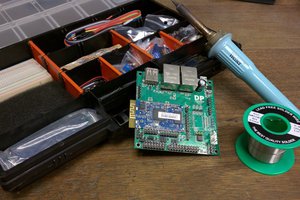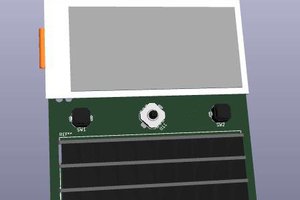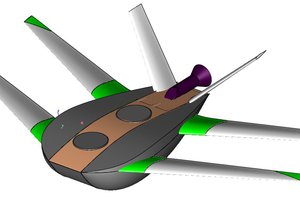The project will be developed in stages, first focusing on the basic hardware platform and AI core, creating the first functional prototype.
First prototype
Sticking with existing, readily available technology, the skeleton for CAT's first prototype will be 3D-printed (PLA), with simple joints and guides for the wiring that forms its muscles. These connect to servos, providing basic mobility.
The servos will be controlled by circuitry contained within its body, accompanied by a battery pack and a microcontroller (MCU). This MCU can run a basic AI core, or provide the remote link functionality, allowing an AI core running on a remote system to control the body's actuators.
This remote link can be provided using wireless technology (WiFi, simple serial link, etc.), or using an umbilical connection (Ethernet, RS-485, etc.).
Future improvements
A number of technologies that can be investigated using the CAT platform include:
- Electroactive polymers (artificial muscles)
- Various spine and general skeleton configurations and materials.
- Battery and charge technologies.
- Skin configurations (fur).
- FPGA-based AI cores.
 Maya Posch
Maya Posch

 Daan Pape
Daan Pape
 Edward Li
Edward Li

 starlord
starlord
Any progress on this project?